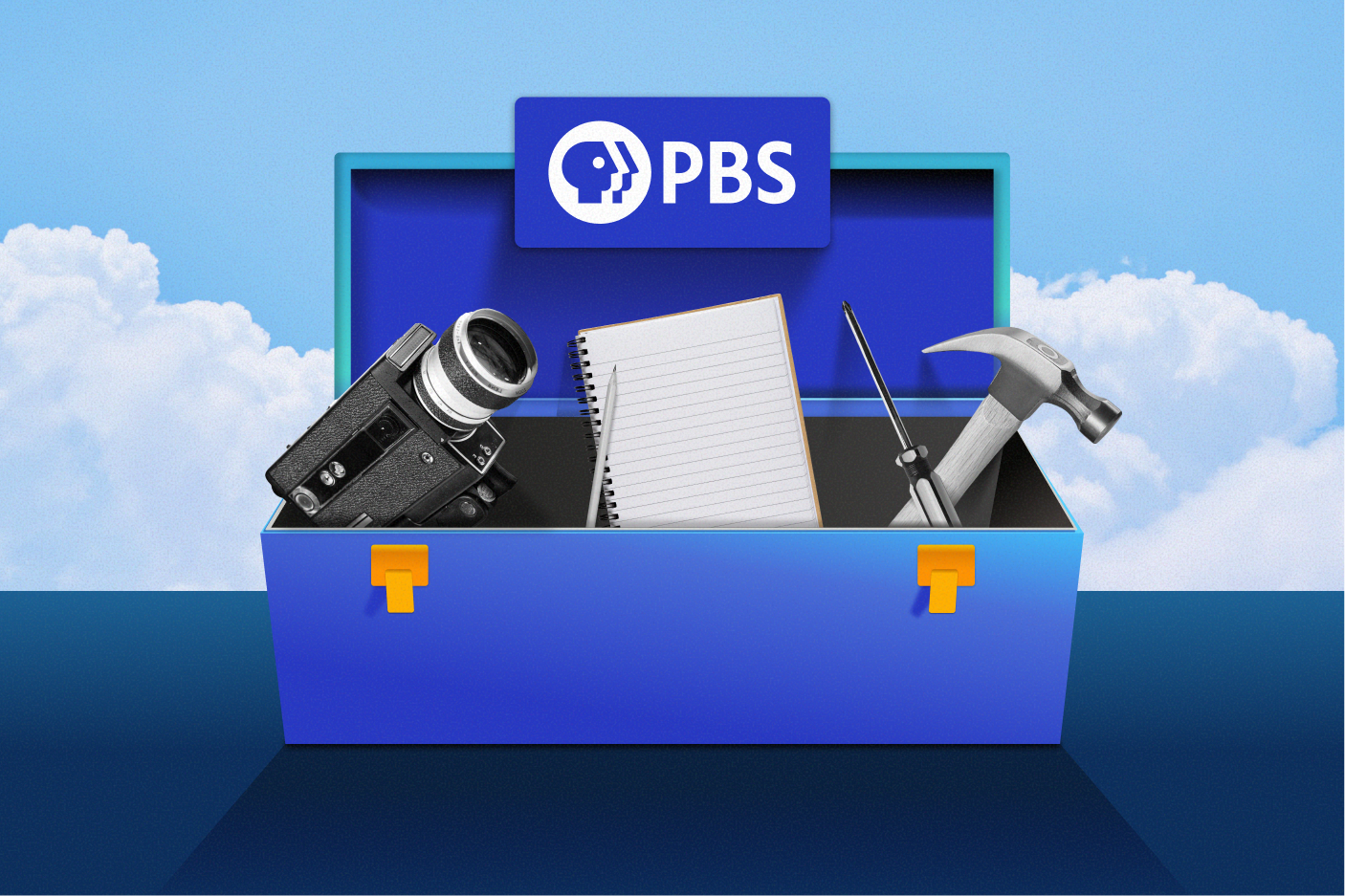Running sponsor messages on PBS offers companies a unique opportunity to connect with audiences in a way that’s thoughtful, values-driven, and distinctly different from traditional advertising. But crafting a message that resonates in this environment requires a different approach.
Unlike commercial TV spots, the sponsor messages you see on PBS, across streaming, television, digital and elsewhere, are designed to inform audiences – not hard sell. They’re short, unintrusive, and aligned with the tone of the programming they support. When done well, they build credibility, positive sentiment, and brand affinity.
So how can brands create sponsor messages that feel authentic, perform well, and reflect the values of PBS viewers? This 5-step guide breaks down the best practices for crafting sponsor messages that make a lasting impression.
1. Lead with Purpose—Driven Messaging
PBS viewers are drawn to brands that stand for something meaningful. Your sponsor message is an opportunity to showcase your brand’s mission, values, or social impact.
Instead of promoting a specific item or service, focus on the broader purpose your brand serves. For example:
- “Dedicated to advancing access to education for all.”
- “Supporting innovation in clean energy and sustainability.”
This kind of messaging builds emotional connection and positions your brand as a thoughtful contributor to the public good—something PBS viewers deeply appreciate.
2. Respect the PBS Tone and Audience
PBS viewers enjoy that PBS programming is educational, entertaining, and respects their intelligence. Your sponsor message should reflect that same tone. Loud, humorous, or overly casual messaging can feel out of place and may alienate viewers.
Instead, aim for a tone that’s:
- “Informative and honest
- Inclusive and respectful
- Thoughtful and measured
A message that complements the programming will be more memorable and better received.
3. Identify the Sponsor Brand Early
One of the most important requirements of PBS sponsor messaging is clear and early brand identification. Sponsors must be named within the first five seconds of the message, either through audio narration or visual elements like a logo or text.
It’s a best practice that helps viewers immediately understand who is supporting the content they’re watching. Avoid delaying your brand mention or burying it in the middle of the message. Early identification reinforces transparency and builds trust.
4. Stay Within PBS Guidelines
PBS sponsor messages must comply not only with PBS’s internal underwriting standards, but also with FCC regulations governing non-commercial broadcasting. These rules are designed to preserve the integrity of public media and protect viewers from overt commercial influence.
Key restrictions include:
- Calls to action (e.g., “Sign-up today”” or “Call now”), but “Learn more” is acceptable across all PBS platforms.
- No pricing, discounts, or promotional offers
- No comparative or qualitative claims (e.g., “The best in the industry”)
- No inducements to buy, sell, or lease products or services
Understanding and respecting these guidelines is essential—not just for compliance, but for maintaining viewer trust. The SGPTV Client Services team works closely with brands to ensure sponsor messages meet all requirements.
5. Plan for the Approval Process
All sponsor messages must be approved by PBS Standards & Practices. To avoid delays:
- Start early and build in time for revisions
- Submit copy and storyboards before producing video
- Work closely with your SGPTV representative
- Be ready to adjust creative based on feedback
- Allow at least two business days per approval round
Why These Sponsor Messages Resonate
PBS audiences are thoughtful, loyal, and highly engaged. They notice when brands take a different approach—and they reward it:
70% of viewers say they respect sponsors for not hard-selling products.
70% agree that PBS sponsor messages are “different and better than advertisements on commercial TV networks and streaming platforms.”
75% say they have a very positive or somewhat positive feeling toward sponsor messages they see on PBS.
In short, sponsor messages that reflect PBS’s tone and values don’t just feel better—they perform better.
Crafting Your Own Sponsor Message
A non-promotional approach to messaging builds trust, strengthens brand reputation, and drives long-term value. By following these best practices—and understanding why they matter—you can create sponsor messages that are compelling, trusted, and truly impactful.
Ready to get started but not sure where to start? You don’t have to go it alone. The SGPTV Client Services team is here to help you craft sponsor messages that meet PBS and FCC standards while staying true to your brand’s voice. We understand the nuances of public media messaging and are ready to help you create spots that resonate, connect, and perform. Contact us to speak to our team!
Source: * Dynata | SGPTV, US Video Audience Insights 2025, Fielded 6/25/25 – 6/27/25, N=4,233, Margin of Error +/- 1.5%,

